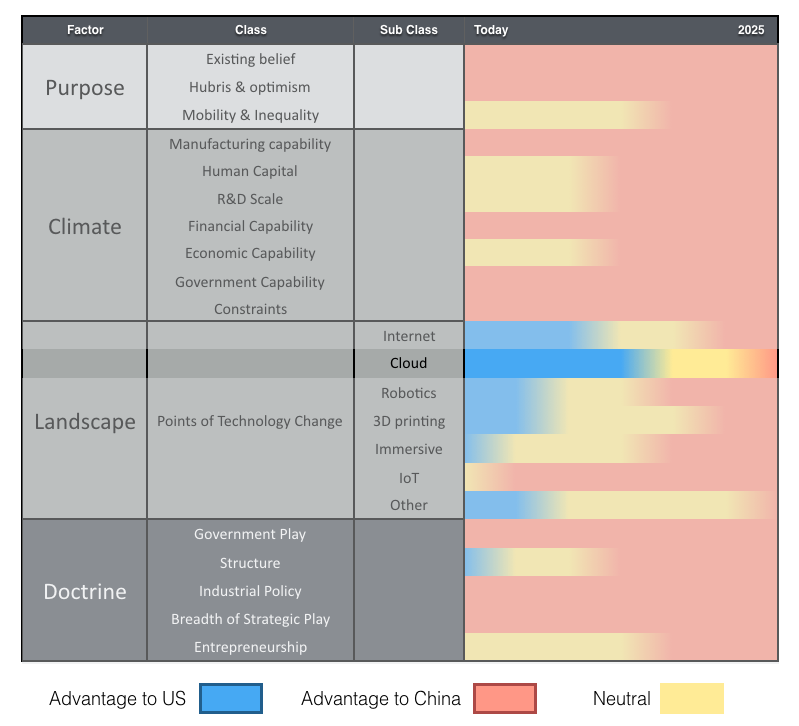Me : Ah, that's a bad idea. You really want your boards to have your interests at heart.
X : What about experience, partnership?
Me : Those are advisors and you take it with a pinch of salt and as much as possible use critical friends.

Though advantage does not immediately translate to leadership, I suspect many underestimate China in the cloud - pic.twitter.com/TXIPk9TE5u
— Simon Wardley (@swardley) January 22, 2016
As background to tweets I am about to post, you should read this article carefully. I ask that you read each of my tweets carefully & decide if the information conveyed demands that Patriots rise up so that every lie will be revealed.@realDonaldTrumphttps://t.co/9KIX4DEtha
— Lin Wood (@LLinWood) January 4, 2021


